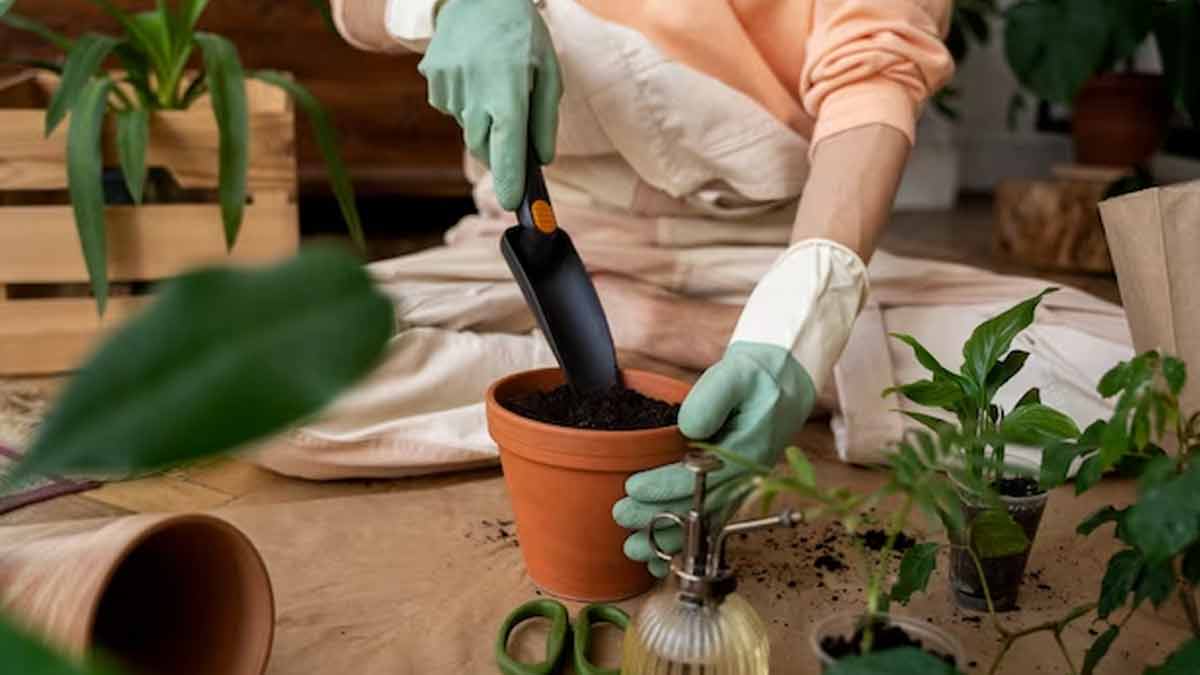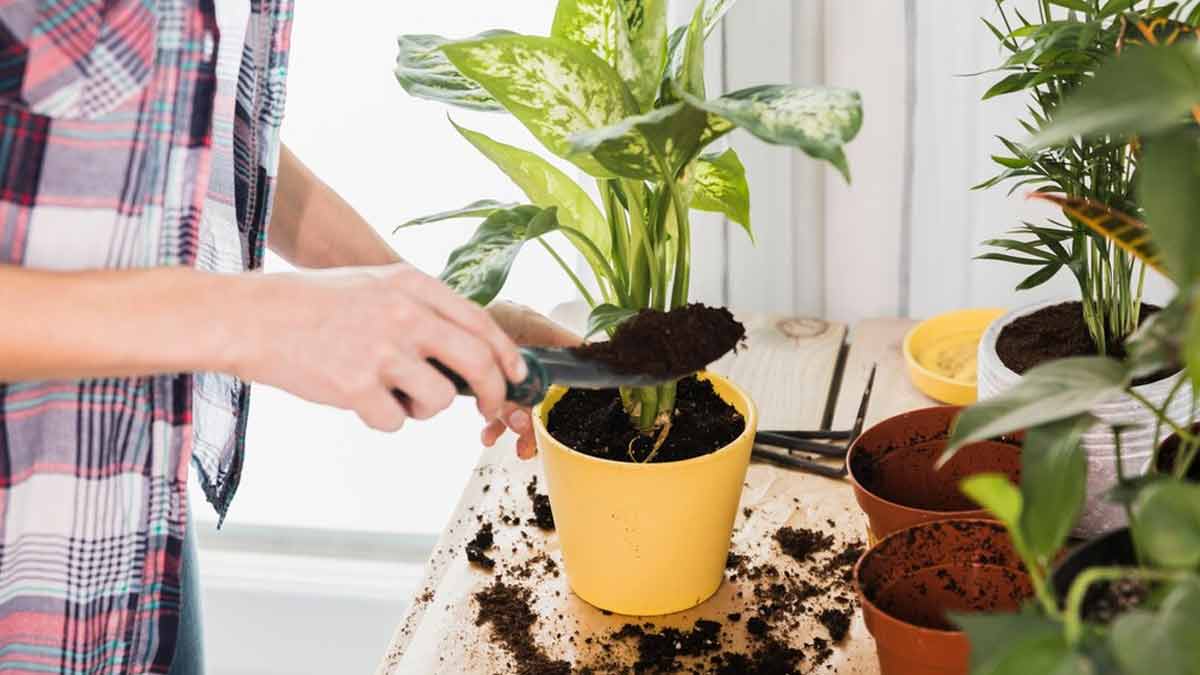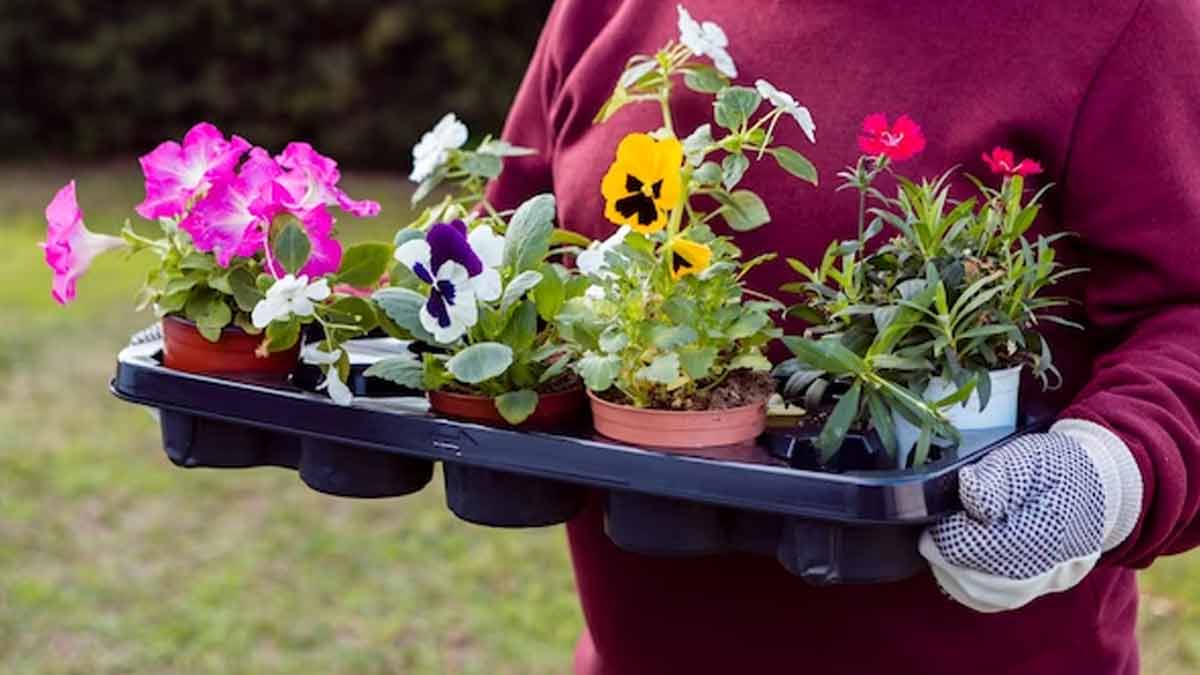
Container Gardening: 7 Essential Things Every Plant Enthusiast Must Know About This
Container Gardening is also known as Pot Gardening. It is the art of growing plants, including edible varieties, solely within containers rather than directly in the ground. Container gardening offers a versatile and accessible way for individuals to indulge in greenery and nature.
Whether you have a big backyard or just a small balcony, container gardening opens up a world of possibilities for cultivating plants, herbs, flowers, and even vegetables. Here are some key things to know about container gardening to help you embark on this rewarding journey:
1. Choosing The Right Containers

Selecting the appropriate containers is paramount for successful container gardening. Containers come in various materials such as terracotta, plastic, wood, and metal, each with its own advantages. Ensure your containers have drainage holes to prevent waterlogging, which can lead to root rot.
2. Select Suitable Plants
Not all plants are well-suited for container gardening. Choose plants that are compatible with the size of your containers and the available sunlight in your space. Herbs like basil, mint, and rosemary, as well as compact vegetables like tomatoes, peppers, and lettuce, thrive in containers. Additionally, ornamental flowers such as petunias, marigolds, and pansies add colour and vibrancy to your garden.
3. Potting Mix Matters
Unlike traditional gardening, where plants draw nutrients from the ground, container plants rely entirely on the potting mix provided. Invest in a high-quality potting mix that is well-draining and rich in organic matter. Avoid using garden soil because it is too heavy and won't drain. It tends to compact in containers, hamper root growth and water circulation.
4. Watering Needs
1
2
3
4

Containers tend to dry out faster than garden beds, especially during hot weather. Establish a consistent watering schedule, ensuring that the soil remains evenly moist but not waterlogged. Consider using self-watering containers or incorporating drip irrigation systems to maintain optimal moisture levels.
5. Provide Adequate Sunlight
Most plants require ample sunlight to thrive, so it's essential to place your containers in a location that receives sufficient sunlight. Observe the sunlight patterns in your space and position your containers accordingly. Leafy greens and herbs (Herbs That Can Thrive In Water) typically need around 4-6 hours of sunlight, while flowering plants may require more.
Don't miss: Urban Oasis: Transform Your High-Rise Balcony With These Stunning And Low-Maintenance Plants
6. Monitor For Pests and Diseases
Container gardening doesn't make your plants immune to pests and diseases. Keep a close eye on your plants for signs of pest infestation or disease, such as yellowing leaves, holes, or spots. Practise good sanitation by removing any affected foliage and promptly addressing pest issues with organic remedies.
Don't miss: How To Grow Money Plant In A Water Bottle: A Step-By-Step Guide
7. Prepare For Seasonal Changes

Container gardening allows for flexibility in adapting to seasonal changes. Be prepared to protect delicate plants in colder months by bringing them indoors or covering them with frost cloth. Likewise, be mindful of excessive heat during summer and provide shade or additional watering as needed.
For more such stories, stay tuned to HerZindagi.
Also watch this video
Herzindagi video
1
2
3
4